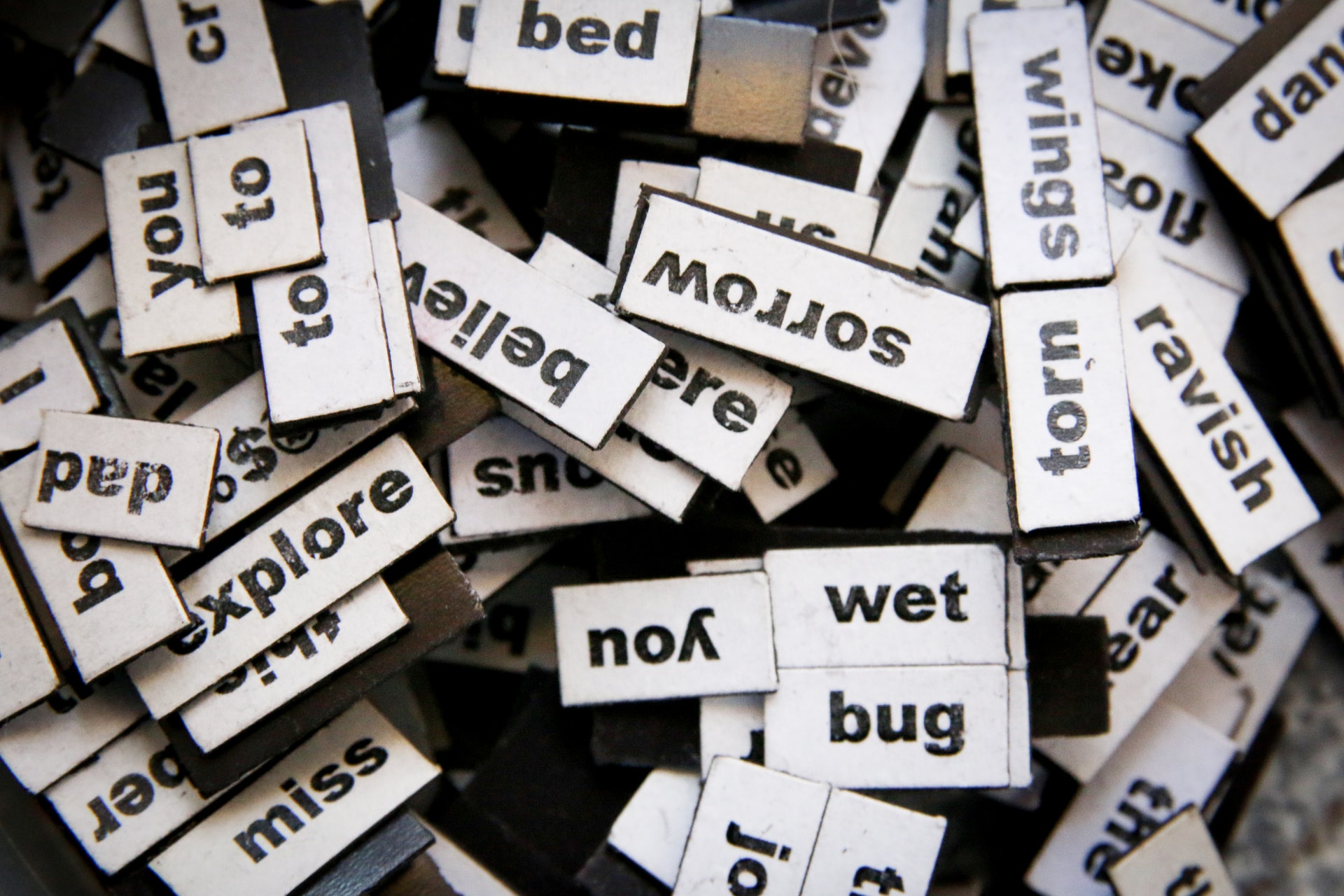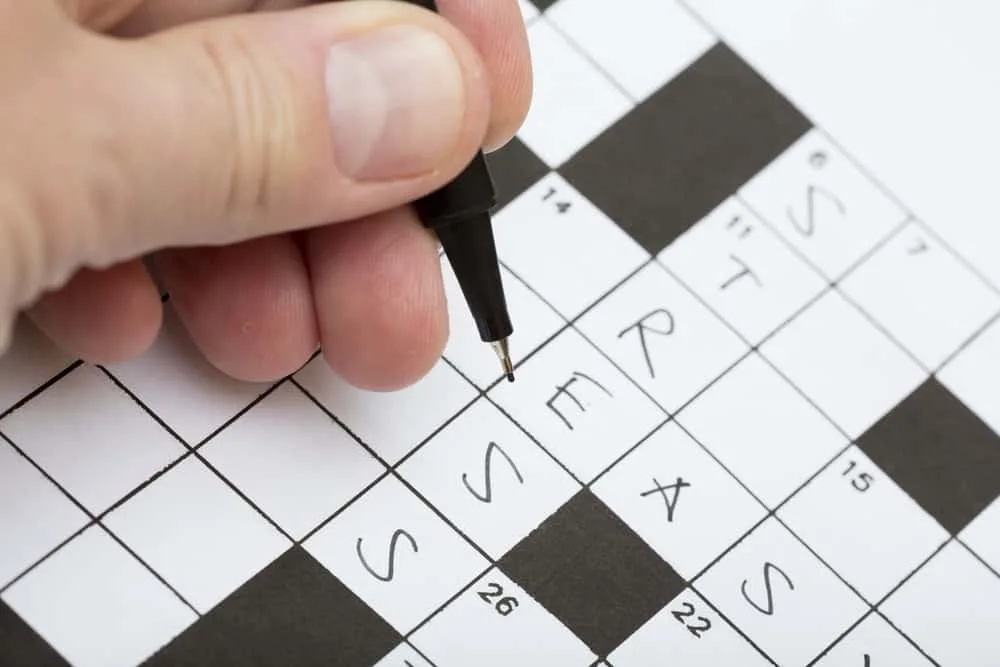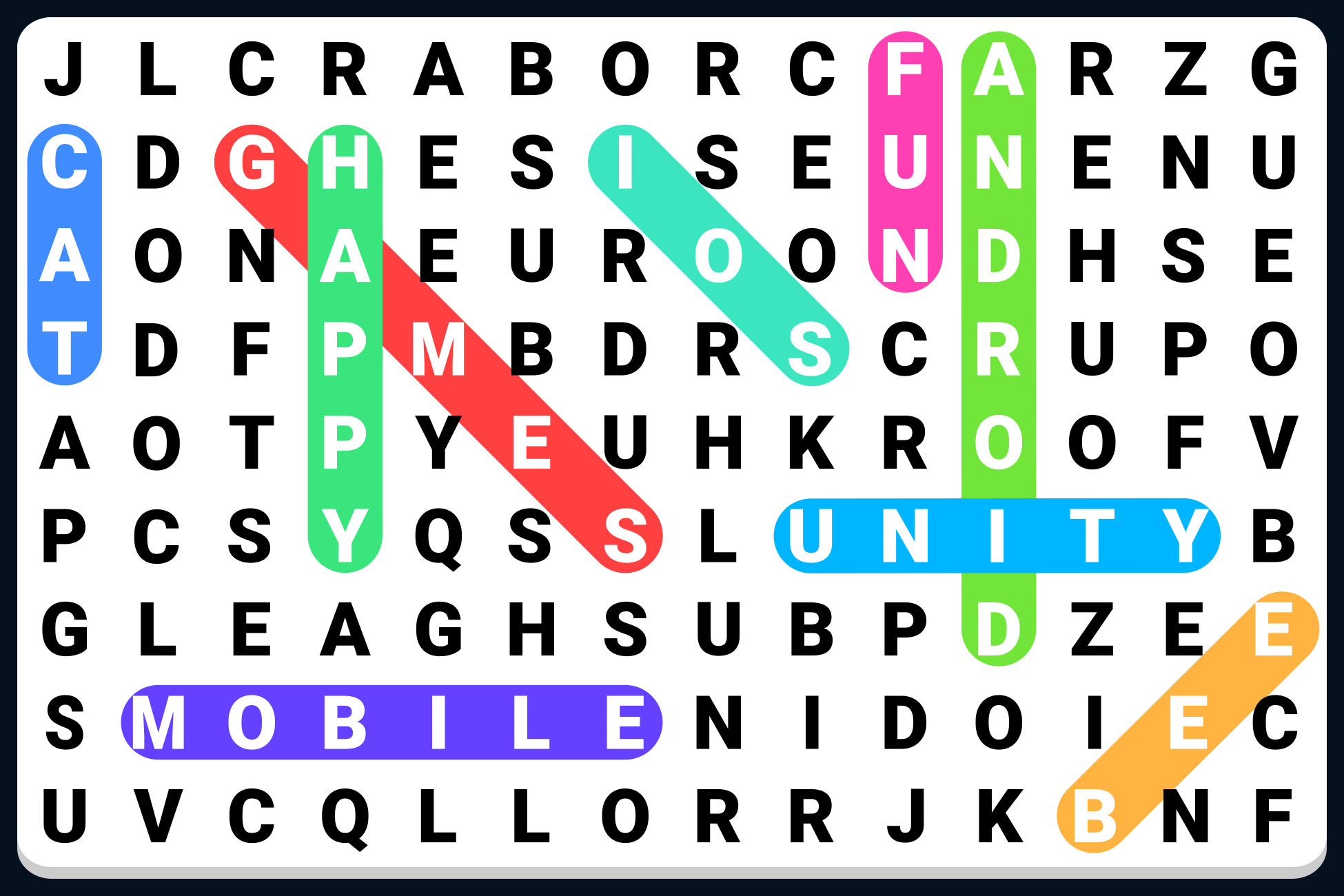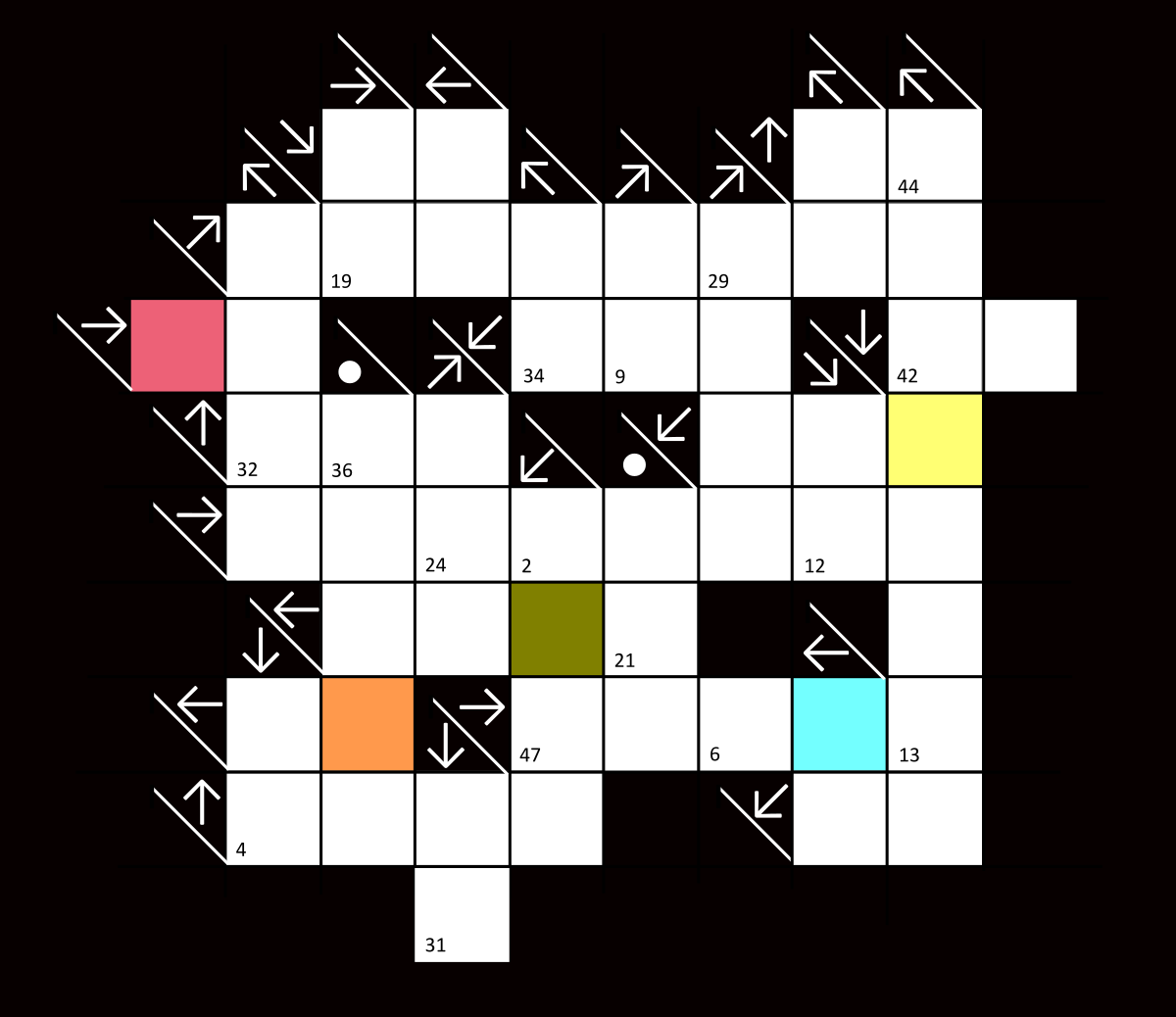
9 Types of Word Puzzles That Are Beneficial For Students
Word puzzles or word plays can be a great way to help a student develop and hone their reading comprehension skills. Reading comprehension is the ability to understand what they have read, an essential skill for students of all ages.
According to wordplays.com a child will learn to pay attention to details, use clues in the text, and draw conclusions based on what they have read. It also helps students learn about word roots and prefixes, essential for understanding more complex words.
1. Crossword puzzle

Crossword puzzles are a popular type of word puzzle used in many classrooms. They are usually 15-25 clues, with each clue referring to a particular word or phrase. They are a great way to exercise the brain, but they can be difficult if one doesn’t know the answer immediately. If this is the case, try double puzzle crosswords where each clue has two answers instead of just one. This can increase chances of success!
The answers to these clues are found in the spaces between the words in the grid. They can be done individually or in groups, depending on the puzzle’s level of difficulty. They can also be found in newspapers or magazines, but students can also make their own at home based on what they have learned in class or what interests them most by creating a grid on paper and providing the child with a list of words for them to use within each square of the grid!
2. Double puzzle
Double puzzle is another type of word puzzle that can be used at school. It involves using two separate clues to create a single crossword-type puzzle. It is similar to crossword puzzles but has two different grids. Students will find that this type of puzzle can be more complex than the traditional crossword puzzle because there are twice as many clues and answers that they need to decode! This activity is great for practicing higher-level thinking skills like deductive reasoning and critical thinking skills.
3. Cryptogram

Cryptograms are another popular form of word puzzle that uses letters instead of words or numbers (as in crosswords). They can be fun and challenging at the same time. Cryptograms are challenging because they don’t always make sense until one solves them. It is usually long enough so that it appears unintelligible at first glance.
In these puzzles, one has to decrypt a secret message by filling in letters based on clues provided by the puzzle creator. Cryptograms are often used in movies and books as a way for characters to communicate without others knowing what they’re saying.
4. Caesar cipher
A Caesar cipher is a substitution cipher in which each letter in the plaintext is replaced by a letter that moves down the alphabet a fixed number of positions. To solve it, one needs to figure out where each letter is in relation to the others. For example, with 1 shift to the left, D would become A, E would become B, etc. Also, encrypting the message “attack at dawn” using ROT13 (rotate 13 characters) would be; atc ktnt tacn arrt nevwd. The method is named after Julius Caesar, who used it in his private correspondence. This cipher can be defeated by brute force attack using an alphabet or frequency analysis using similar techniques as those used for solving simple substitution ciphers.
5. Word Search

A word search is a puzzle that consists of finding all of the words hidden within a grid with no repeating letters. It can be fun just looking for random words or phrases, but it’s more challenging when they’re somehow related!
This can be done manually or electronically through Word Searcher and Word Searcher Deluxe software programs. It’s similar to an acrostic puzzle because here also one finds and crosses out words that have a common theme or topic, but with some difference: In an acrostic puzzle, all words have precisely one letter in common; while here, they do not need to have any letters in common at all!
6. The Wright Puzzle
This puzzle consists of several colored squares arranged into a rectangle; each square has two numbers associated with it (usually one on each side). The goal is to determine which squares have identical numbers on both sides and then connect them with lines. It helps students learn how to spell and teaches them logic and critical thinking skills. The puzzle is called after Orville and Wilbur Wright, who were two brothers who invented the airplane.
The puzzle involves filling in letters in boxes so that each row, column, and 3×3 square spell out a word. For example, if a person had the letters B-U-N and wanted to spell “bun,” one would put bun into the top left box because B goes in the first box on top of U, N goes in the last box on the bottom right, and then have the B-U-N.
7. Polybius Square

A Polybius Square is a grid with letters on it. This is one of the oldest and most traditional types of word puzzles. It’s also one of the hardest — each row, column, and diagonal contains 15 letters. Each row and column has only one letter in common with another row or column. If a word contains more than 15 letters (like “Polybius square“), one can split it into two or more words by drawing lines. The puzzle’s goal is to use clues to figure out where all the letters go. This type of puzzle works on the vocabulary and puzzle skills because one has to know what words fit in the blank spaces to solve it correctly.
8. Heartbreaking Puzzle
This type of puzzle challenges students to read a series of words that have been cut apart and placed in order from longest to shortest. The goal is to find a hidden sentence within an array of letters that have been rearranged into nonsense words. Each letter represents a different word and has been placed into a secret order. This type of puzzle can be challenging because there is often a lot of guesswork involved, and sometimes it’s hard to figure out where each word begins and ends. However, once students get the hang of it, they’ll find that this puzzle can be incredibly satisfying when solved!
9. Word-zles

Word-zles are a fun way to practice spelling and vocabulary. Students can make their own or use one of the many free word-zle templates online. Students can make their word-zle by writing words in the boxes provided, then arranging them into a 3×3 grid. Finally, students can color code the words to stand out as similar letters. The goal is to create as many words as possible from the given letters.
